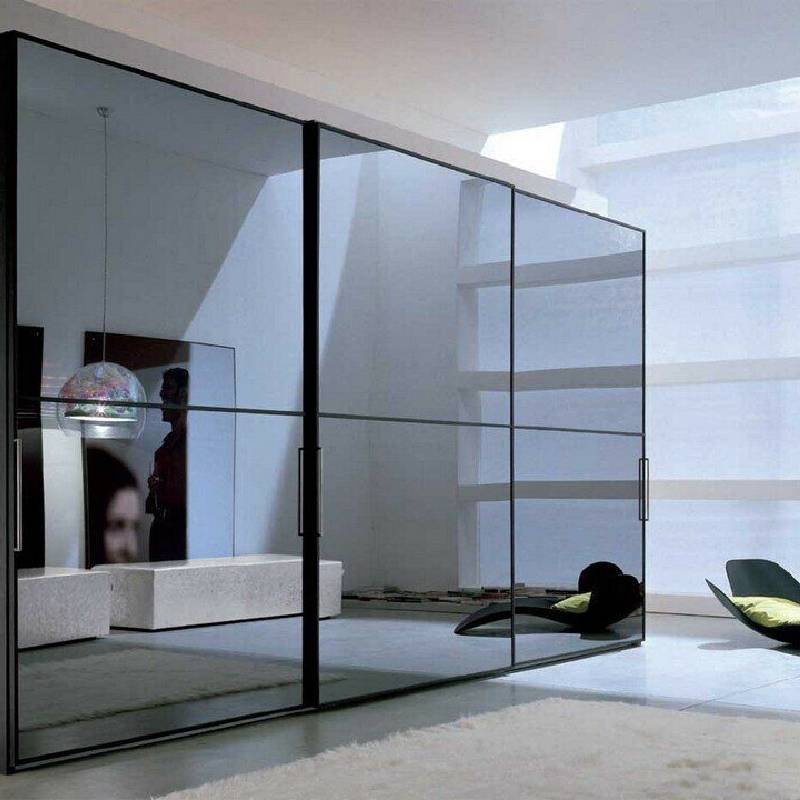

Understanding Acid-Etched Laminated Glass A Versatile Material for Modern Design
In the contemporary world of architecture and interior design, materials that blend aesthetics with functionality are highly sought after. One such remarkable material is acid-etched laminated glass, which offers a unique blend of style, privacy, and safety. Understanding this innovative glass type gives insight into its applications and the processes that define its characteristics.
What is Acid-Etched Laminated Glass?
Acid-etched laminated glass is essentially a form of glass treated with a chemical acid to create a frosted surface that diffuses light while maintaining a level of transparency. The process involves applying a mixture of acids to the surface of the glass, resulting in a permanent, smooth frosted finish. The etching not only enhances the visual appeal of the glass but also contributes to its functionality by reducing glare and providing privacy.
Laminated glass, on the other hand, consists of two or more layers of glass that are bonded together with an interlayer, usually made of polyvinyl butyral (PVB) or ethylene-vinyl acetate (EVA). This interlayer holds the layers together, even when the glass is shattered, significantly improving safety and security. When combined, acid etching and lamination create a glass product that is both beautiful and tough.
Advantages of Acid-Etched Laminated Glass
1. Aesthetic Appeal Acid-etched laminated glass offers a sophisticated look that can elevate the design of any space. The frosted surface can create stunning visual effects, allowing natural light to filter through while reducing harsh brightness. Designers frequently use this material in various applications, from partitions in homes to large commercial windows.

2. Privacy One of the key benefits of acid-etched glass is its ability to provide privacy without completely obstructing the view. This quality makes it ideal for use in bathrooms, offices, conference rooms, and other spaces where visual seclusion is essential.
3. Safety and Security The laminated nature of the glass means that, in the event of breakage, the shards remain adhered to the interlayer, minimizing the risk of injury. This feature is particularly important in areas with high foot traffic or in buildings where safety is a concern.
4. UV Protection The laminated construction also provides protection against harmful UV rays, helping to reduce fading in furnishings and artworks placed near windows.
5. Versatile Applications Acid-etched laminated glass can be used in various applications, including skylights, shower doors, glass railings, and interior partitions. Its versatility makes it a favorite among architects and designers looking to create open and airy environments.
Conclusion
Acid-etched laminated glass is a remarkable material that combines beauty and functionality, making it an exceptional choice for modern design. Its aesthetic appeal, privacy features, safety benefits, UV protection, and versatility make it a preferred option in both residential and commercial projects. As architects and designers continue to explore innovative materials that enhance living and working spaces, acid-etched laminated glass stands out as a solution that meets the demands of contemporary architecture while providing a touch of elegance.
In a world where design and practicality need to coexist, acid-etched laminated glass exemplifies the perfect harmony between these two elements, ensuring that spaces are not only visually striking but also safe and functional. As we move forward, its popularity is likely to grow, driven by the ongoing quest for materials that deliver both aesthetic enjoyment and practicality in everyday life.